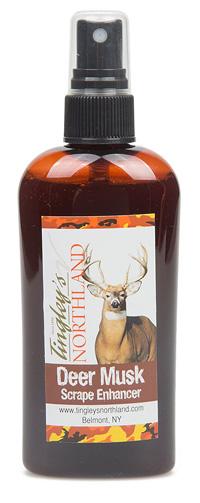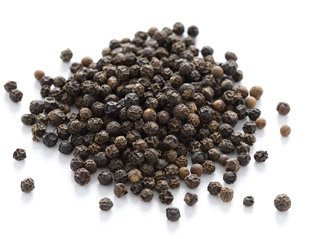There are plenty more, of course, but we only have so much space here. With only around 100 identified across the various cannabis strains (and possibly upward of 200), research into cannabis terpenes has only barely begun. It’s an exciting new field of study that’s bound to improve the medical use of cannabis. The more we learn about specific cannabinoids and terpenes and how they are beneficial in the fight against specific illnesses, the more likely a patient will be able to hone in on their symptoms like a sniper with a laser scope.












